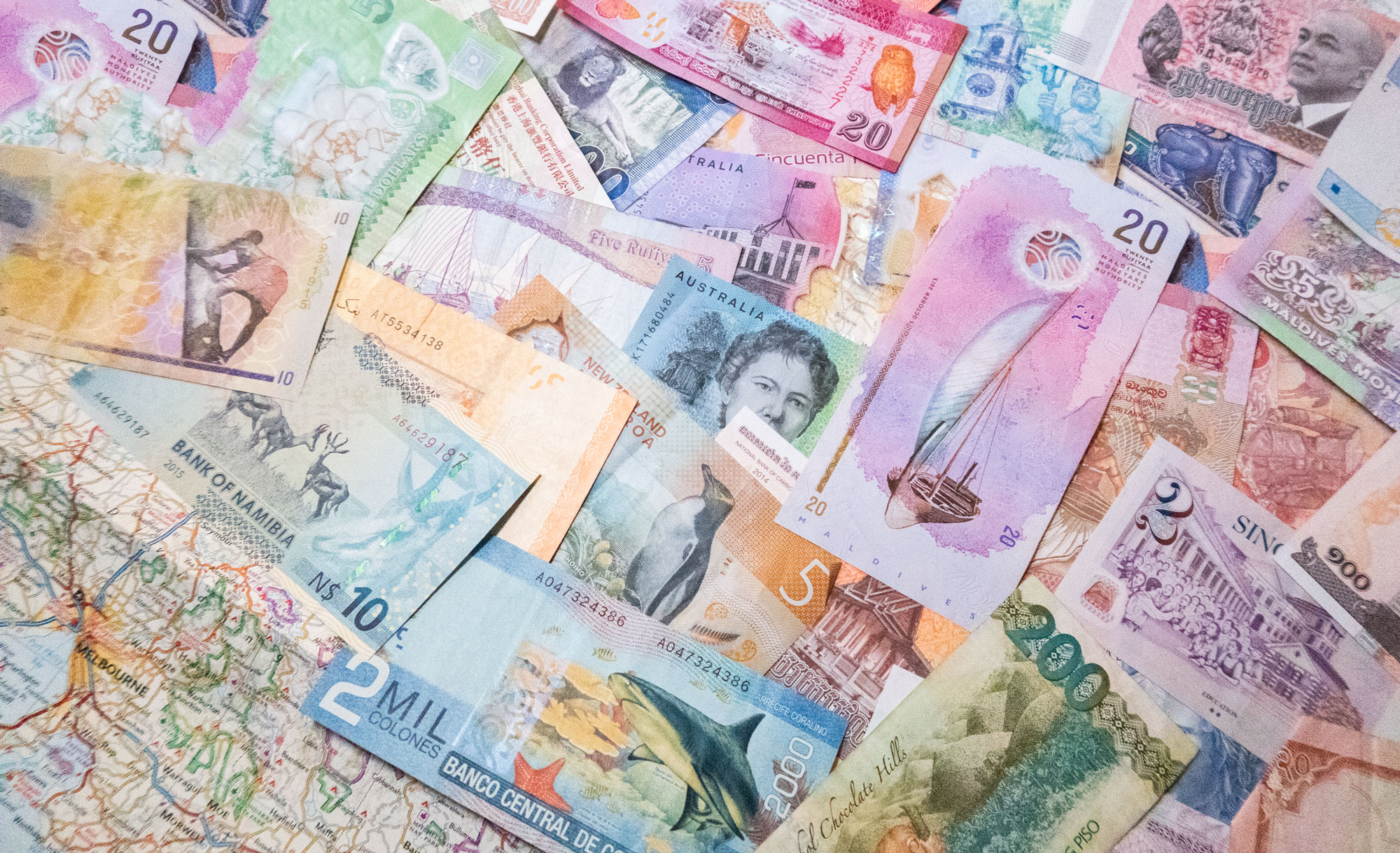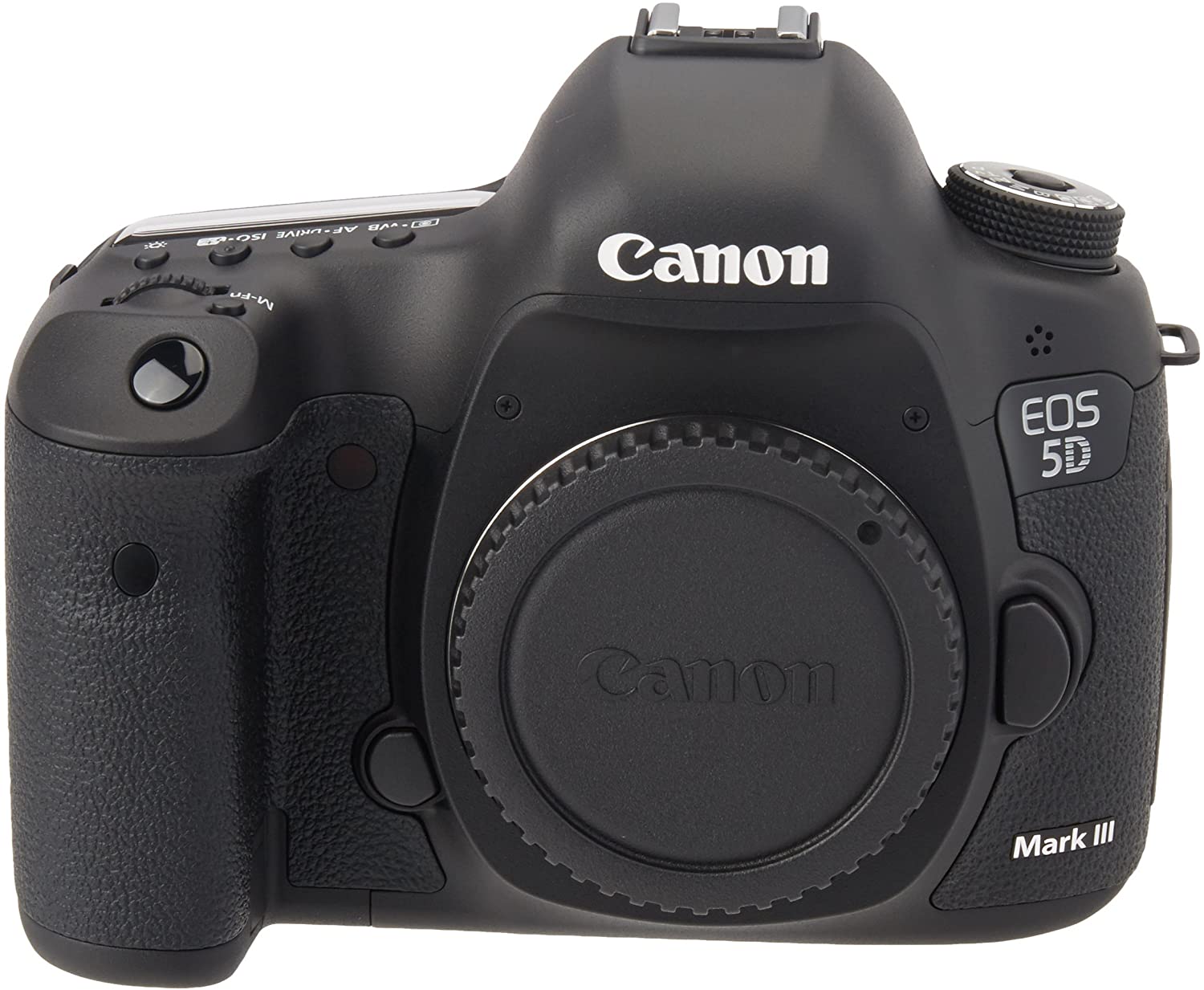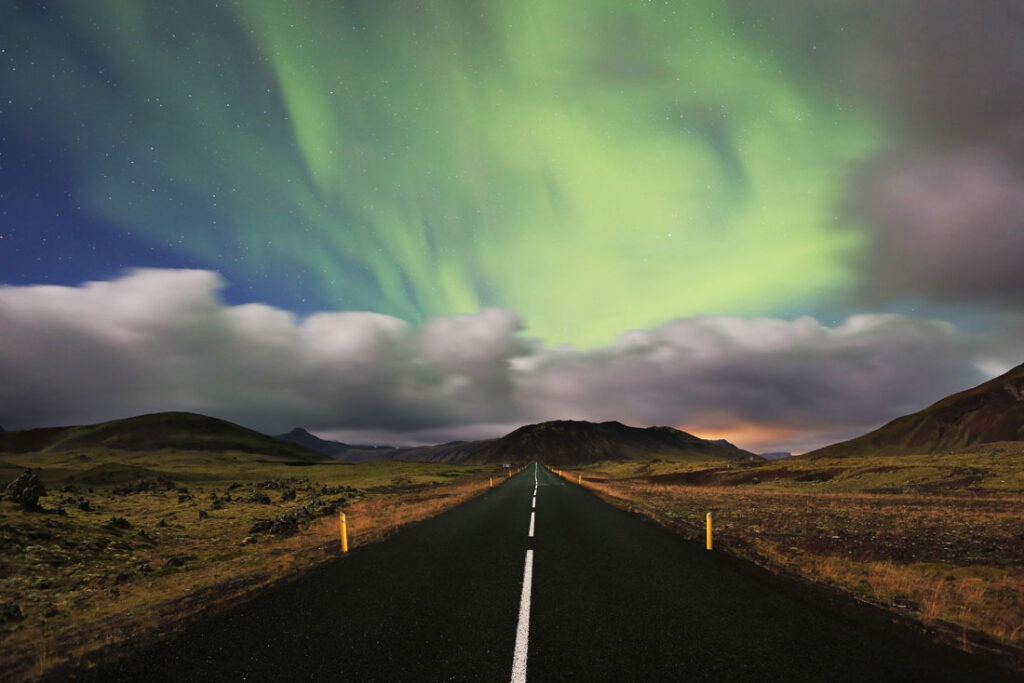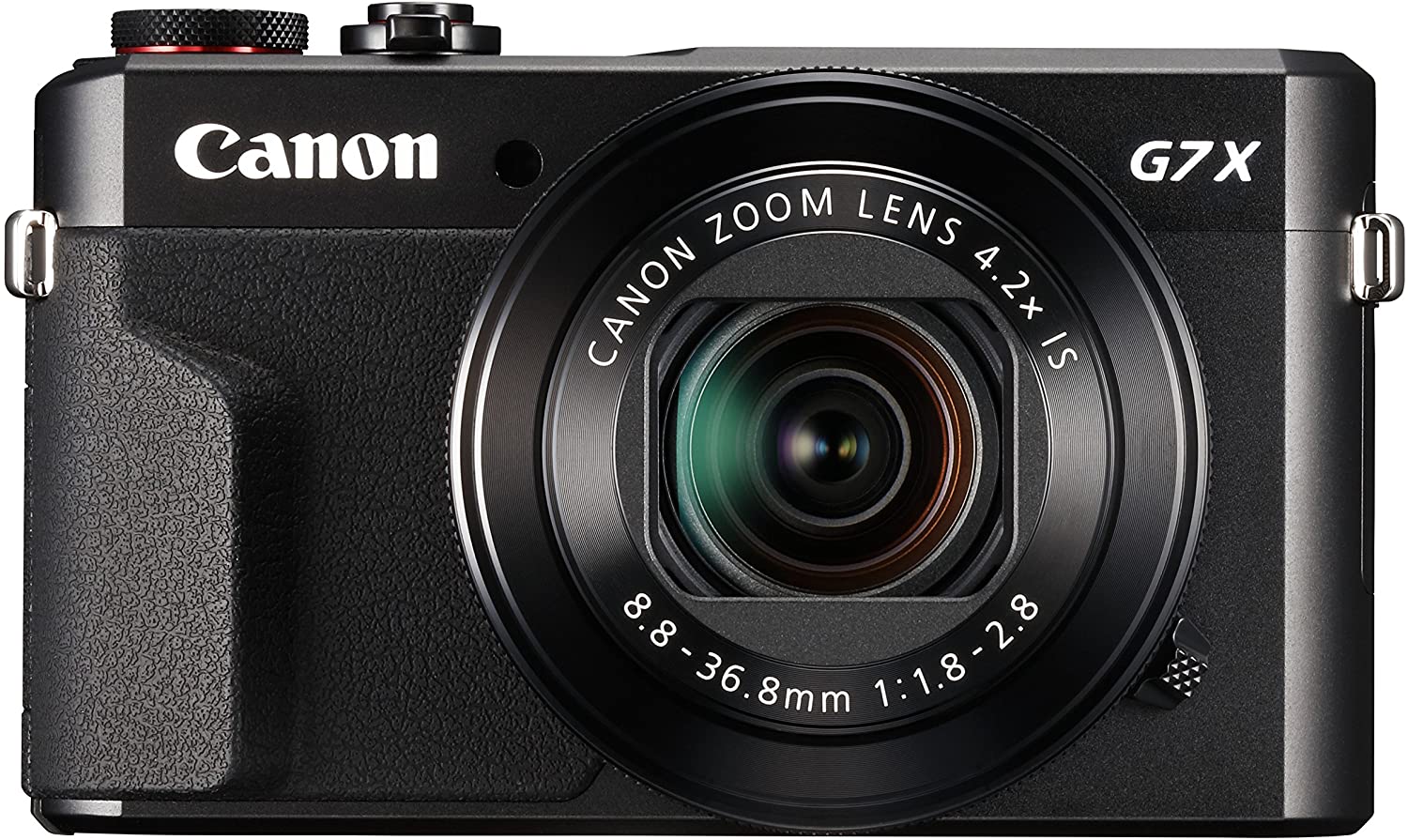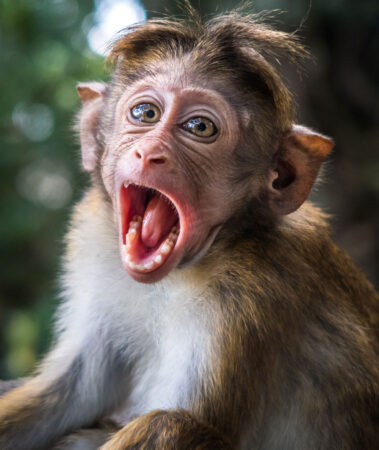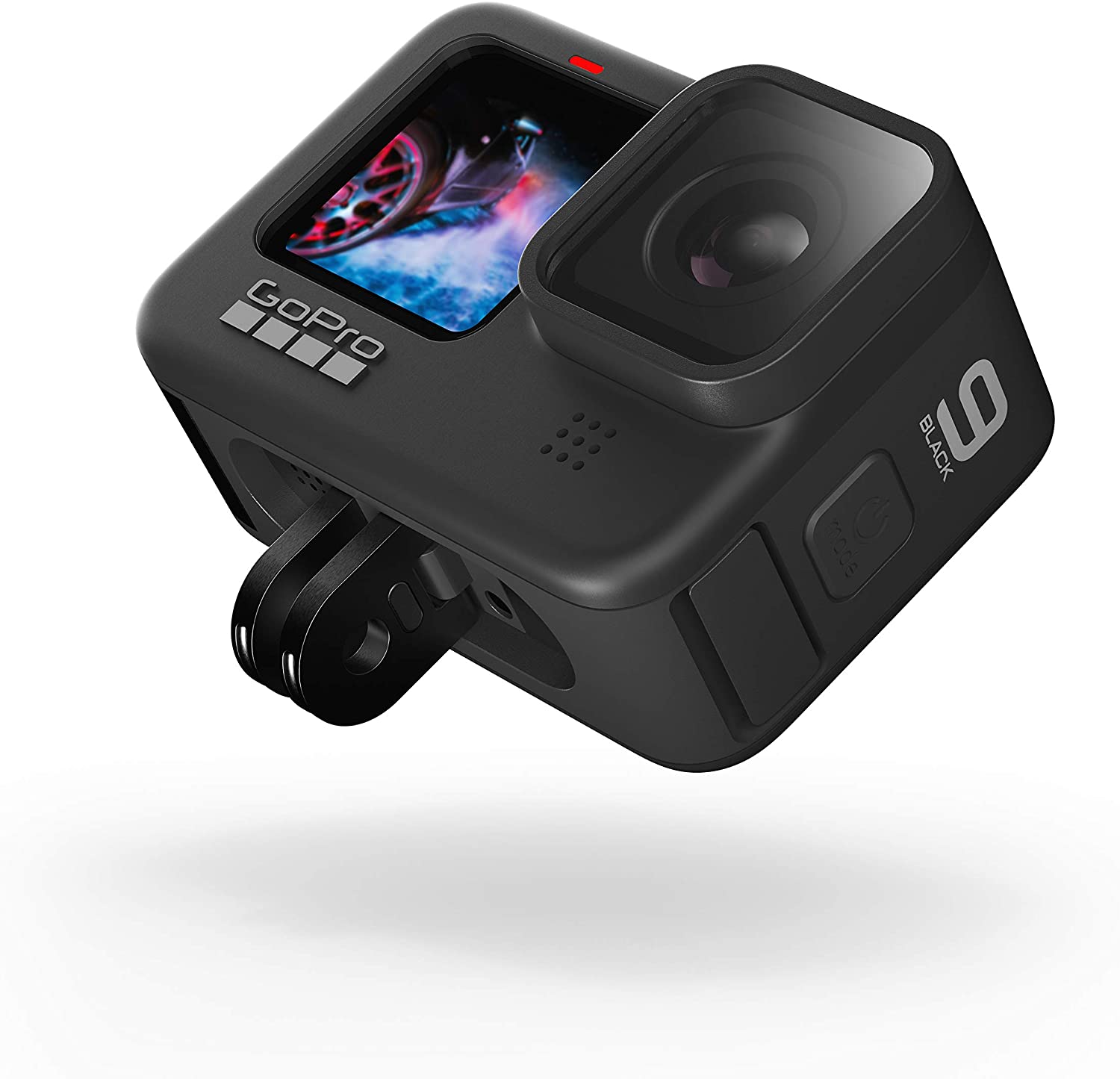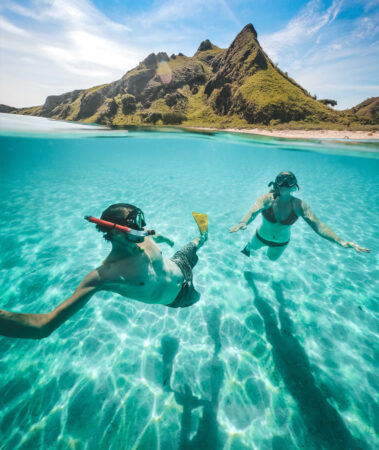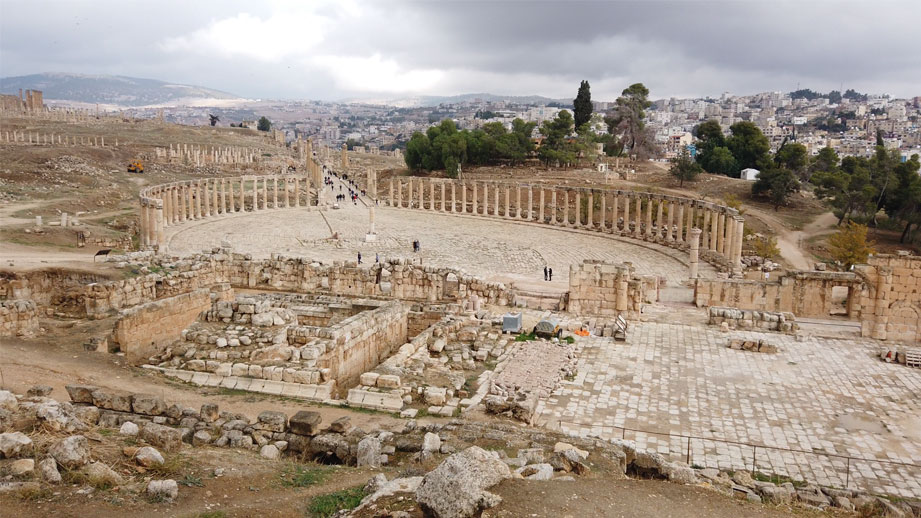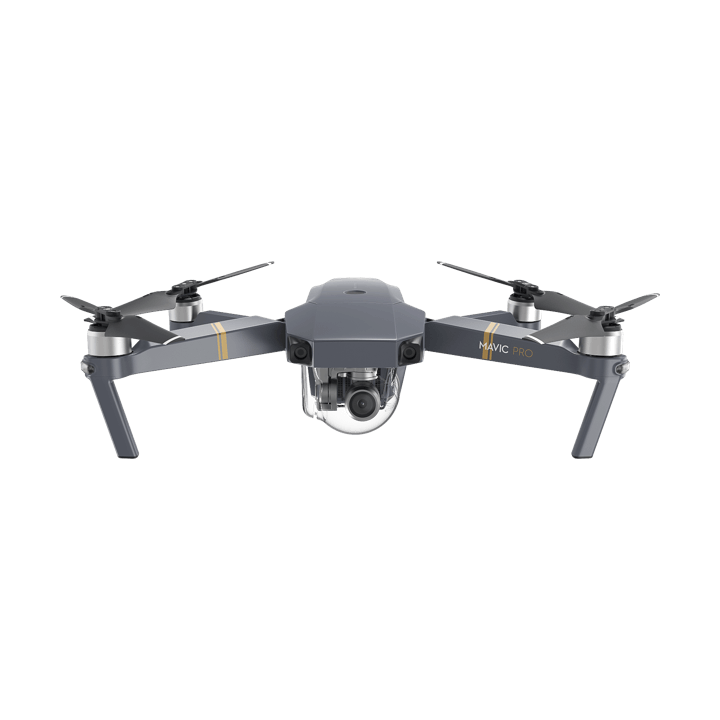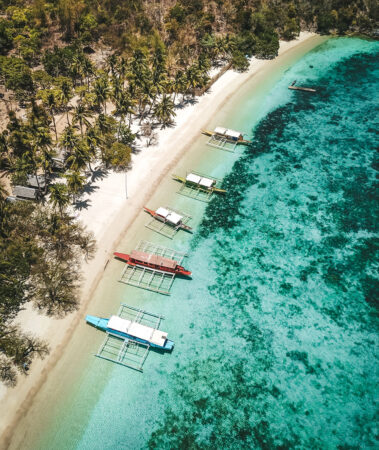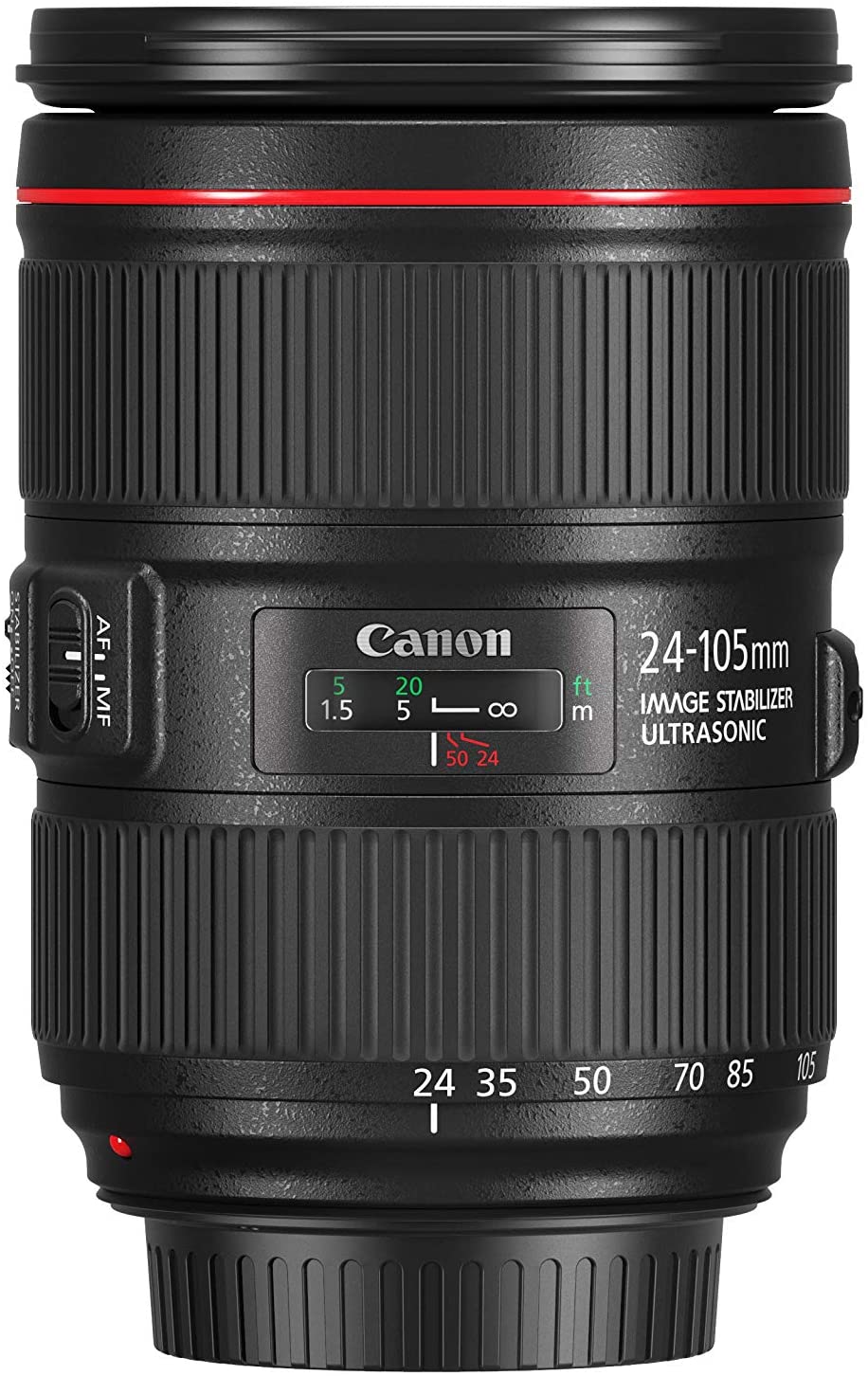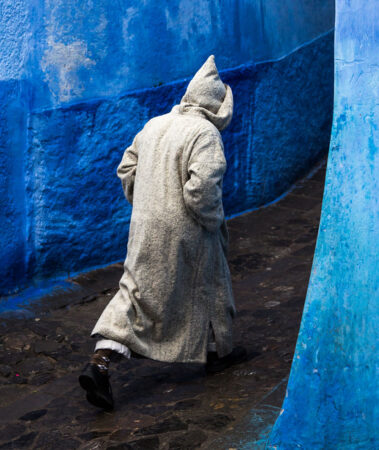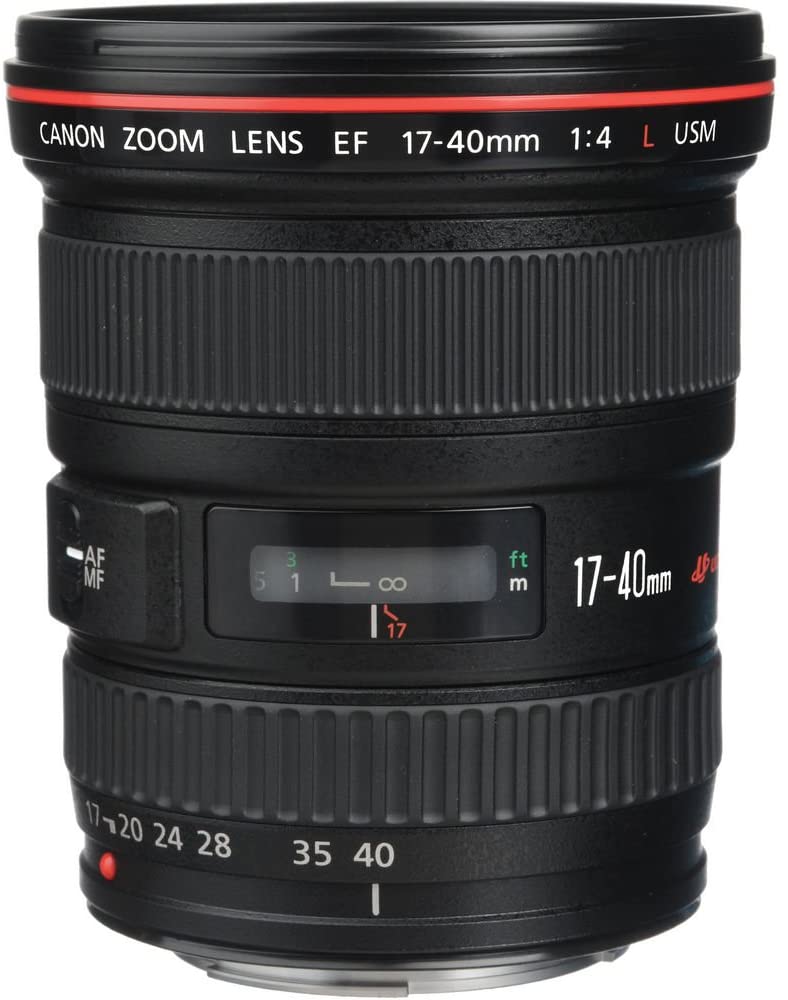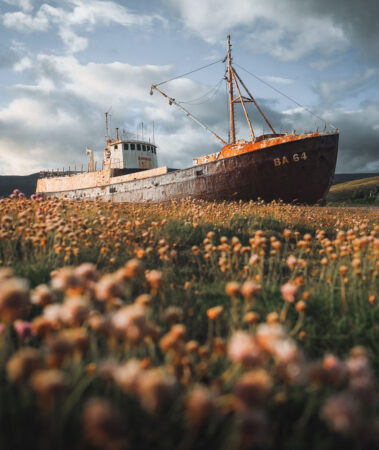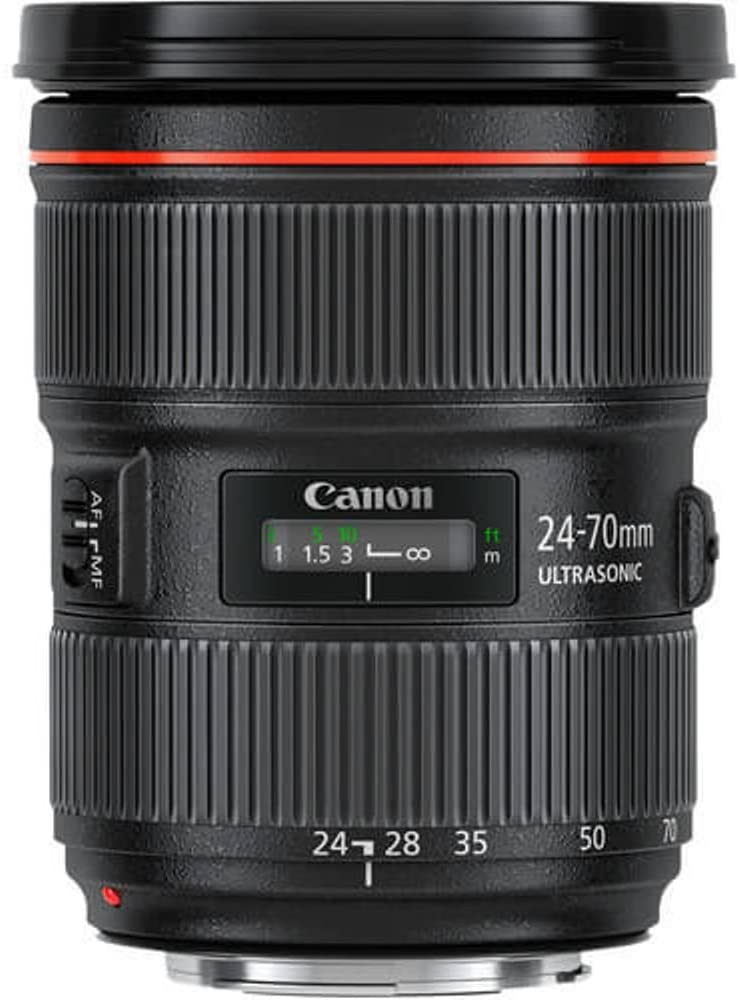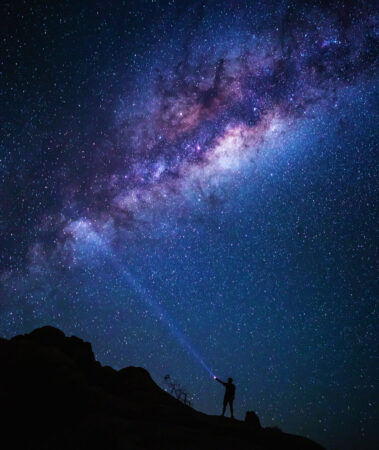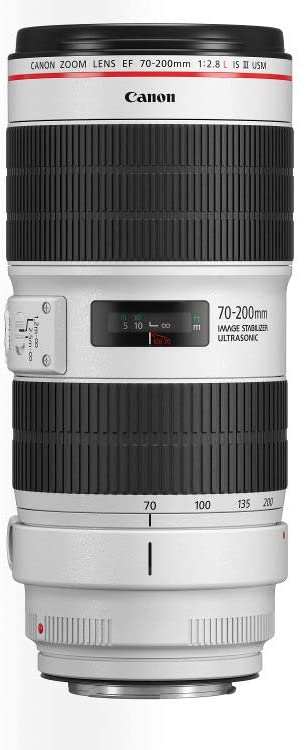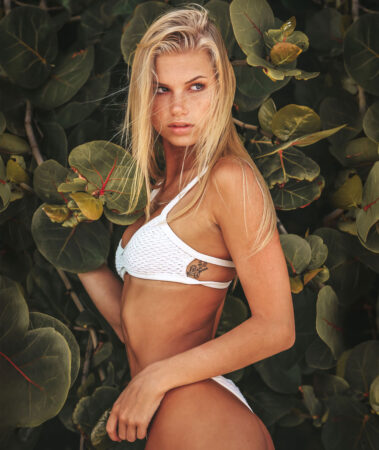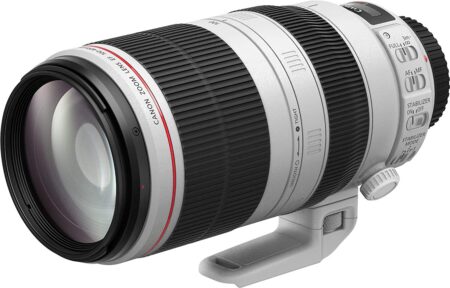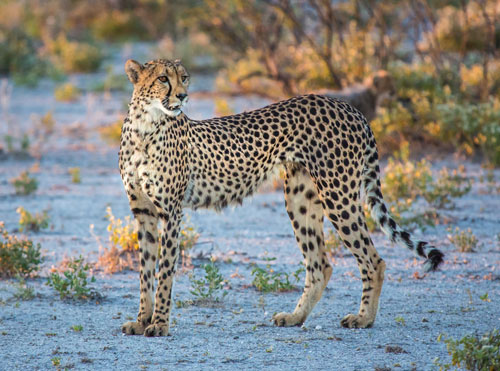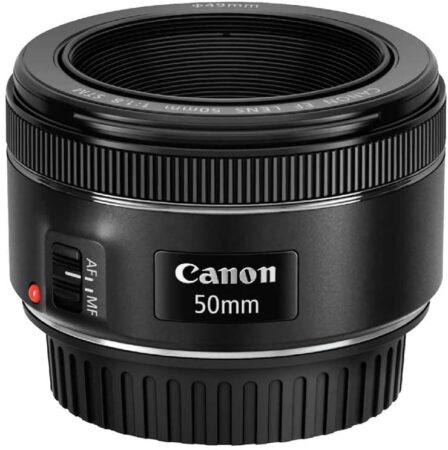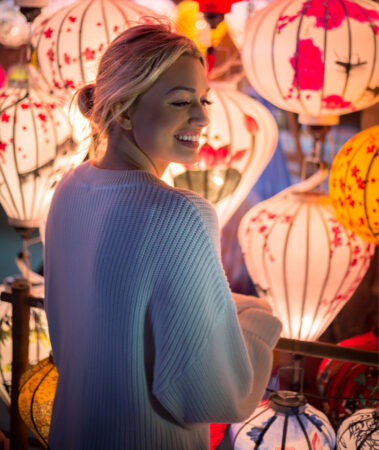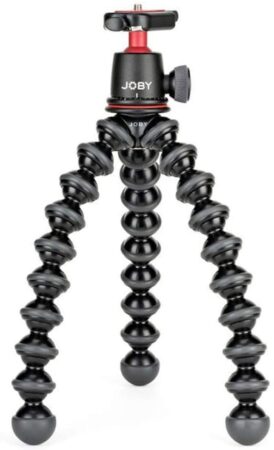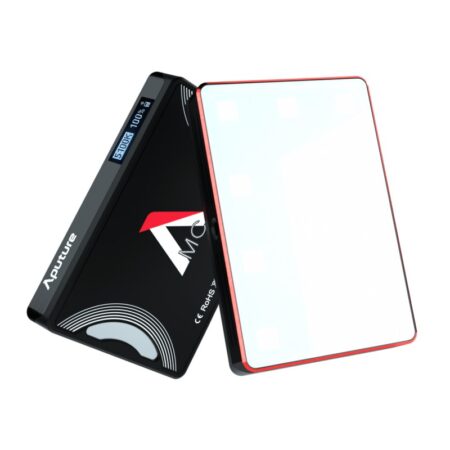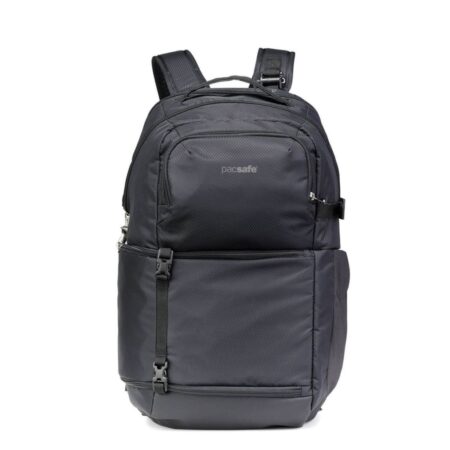What's in my camera bag?
One question a photographer often gets is about what camera they use. I’ve often been asked a few times by friends to see what camera they should get too. And although the camera isn’t the most important thing (sometimes your phone is the best option) and my kit will often change depending on where I’m going or what I’m shooting – I thought I’d make a complete list of all my current/favourite equipment. Along with some tips or examples of when I use them.
This post contains some affiliate links, which help support me by giving me a small commission of a sale if your purchase through my link (at no extra cost to you).
Cameras
Canon 5D Mark III – I’ve been using this full frame camera since it was first released in 2012. Since then it has been around the world with me multiple times – from deserts to snow storms, and even survived being drenched by waterfall spray.
The only issue I’ve ever had was when the buttons stopped working after getting caught in a rainstorm in Myanmar – soaking all my gear for a few hours. But a few days in a £1 bag of rice and it was good as new (another camera wasn’t quite as lucky). Even after 8 years of use, it only has a few minor cosmetic marks.
While I’m probably going to be needing an upgrade soon (really just for video – to have something higher resolution and with more choice in frame rates), I can highly recommend the 5D Mark III as it’s never let me down.
Canon Powershot G7X Mark II – For the situations I don’t want to be carrying around a huge DSLR, but still want a good camera, this is my go to. While it is fairly pricey for a point and shoot, it’s definitely worth it.
The video quality is great (quite a lot of Youtubers use this for vlogging). And it has a built in timelapse mode – which I use quite a lot. It also shoots in RAW, is pretty good in low light, and also has a flip up screen which comes in handy a lot. So it sort of does everything you need a camera to do if you want something portable.
GoPro Hero 9 – If you travel a lot then I think a GoPro is a must have. I’ve been using them for years and love how versatile they are. Although I generally travel with the Hero 5 and 7 Black cameras, I’ve just bought the Hero 9 which I am looking forward to using properly soon, but like it so far.
They are nice and small to carry around and mount in places other cameras wouldn’t go. Are fairly durable and waterproof (although did have one Hero 5 die on me after leaking when fully sealed, so I’ll try to always keep them in the dive housing when in water). And can give a nice wide angle view for situations that need it.
Although you will likely have to edit shots quite a bit in some situations to make the photos look their best, need quite a lot of accessories to get the most out of them, and they can occasionally be a little glitchy (at least that’s my experience with the 7 Black). They are something I never travel without (and always have 2 on me so I have a backup).
The Hero 9 will obviously be the option with the best and latest features (like front screen and horizon levelling stabilization). But if you budget doesn’t go that far, I would get the 7 or 8 Black (anything older won’t have built in stabilization which really makes a huge difference).
DJI Osmo Pocket – Out of all my camera gear, this admittedly doesn’t get used as much as it should. The GoPro sometimes replaces it in a lot of situations. However for a 4K, stabilized camera that fits in your pocket – all for a very affordable price, it’s very good.
The video quality is great, and the photos are pretty good too (it can even take panoramic photos). But my favourite thing about it is probably being able to program in a moving timelapse, which makes timelapse shots a little more interesting.
While you will likely have to buy the extra accessories for it to get the most out of it – so you can easily connect it to your phone via wifi, or attach it to gopro mounts. It takes up no space, so is almost always in my bag.
Drones
DJI Mavic Pro – While I also own the Phantom 4, it is just too big to easily travel with. So as soon as the Mavic Pro was released, I bought it (with the Fly More Combo kit) and have been using it ever since.
For the most part it has been great, and produces nice photos and video. And has even survived a couple of small crashes into trees/bushes. Although I think after years of travelling in my bag and those few small knocks, the gimbal does like to occasionally glitch out on me for a few seconds. I now travel with it in a mini hard case to help protect it in by mag, and always use leg extensions to raise it off the ground a little more to protect the camera.
There are a large number of drone options available now – so you’ll have to do your own research into what is best for your needs and usage. However if I were to upgrade now for the best drone for photo/video, I would likely be looking at the Mavic Pro 2 or the Mavic Air 2. And I’d recommend getting at least 2 extra batteries – so the Fly More Combo is usually worth getting.
You also need to make sure you know the basic drone rules and how to safely operate it, along with what the local drone laws are wherever you are (although it’s often hard to find clear, up to date answers for this in many places). And also try and be respectful of others as nobody really likes a drone buzzing overhead for long periods of time.
It’s also not a toy like some people think. And it’s crazy how many people I’ve met or seen not even know the basic safety rules on how to use them. They can also do serious damage as I recently found out – getting three deep slices and losing a good chunk of the tip of my finger.
For a starting point on Apps you should use: Check out Airmap and UAV Forecast. And then depending on your country there may be other apps with more detailed local information like Drone Assist (UK), B4UFly (USA) or OpenSky (Australia).
Camera Lenses
Canon EF 24-105 mm f/4L – If I can only take one lens while travelling, then it will usually be this one. While you do have to make a compromise for low light performance on this a little bit. For travel photography where you will likely be shooting a variety of subjects – having the extra bit of zoom is always handy and saves having to try and change your lens quickly to get a shot that might be gone within seconds.
Canon EF 17-40 mm f/4.0 L – When I need a wider lens for interiors or landscapes, then I go with this lens. I would love to eventually get the 16-35mm f/2.8 L Lens as I’ve seen great things (but it’s almost double the price).
EF 24-70mm F/2.8L – This is more of an all around lens and was the first ‘good’ lens I invested in after buying the Camera Body. Good for landscapes, product and portrait photos, and is pretty good in low light. So this is also my go to for most night shots.
Canon EF 70-200mm f2.8 L IS – While this is one of the more expensive lenses, is fairly heavy to have to carry around in my bag and isn’t constantly attached to my camera. It has to be my favourite lens, and is worth the extra weight for the times I do get to use it.
It’s the sharpest lens I own, and the out of focus Bokeh it produces is really nice too. So I love to use this for portraits, wildlife or zoomed in detail shots of landscapes.
Canon EF 100-400 mm f/4.5-5.6 L IS II – This really only gets used for wildlife shots and some some extreme close ups of landscapes. It is probably the least used of all my lenses (probably would have been better to rent for trips instead of own), but has definitely been worth it when I’ve needed it.
Canon EF 50mm f/1.8 – Again this is probably another of the lenses I use the least. I’ll generally only use it in low light or for some portraits. But it’s very affordable. And although it’s plastic, feels kind of cheap and can be slow to focus – it’s nice and lightweight and produces super sharp, high quality images. Since it’s small and light, I’ll usually always stick it in my bag in case I need it.
ACCESSORIES
On top of the basic camera gear, there’s quite a few other bits I often travel with. Some boring but essential, and others a little more interesting.
Joby Gorillapod + Ball Head – If you can’t take a full size tripod (which I normally don’t) then a Gorillapod is the next best thing so you can at least get timelapses and long exposures more easily. And they can be put almost anywhere.
They come in a variety of sizes and strengths. I generally travel with a small one for my GoPro, a medium one for my Point and Shoot, and a larger, strong one for my DSLR. Some can go a little flimsy over time (I haven’t bought new ones for years so maybe they are better now), but probably the stronger you can get, the better.
It’s not needed for a GoPro as much, but for all other cameras I’d recommend having a Ball Head. It makes it much easier to adjust the camera rather than trying to bend the Gorillapod to the right position.
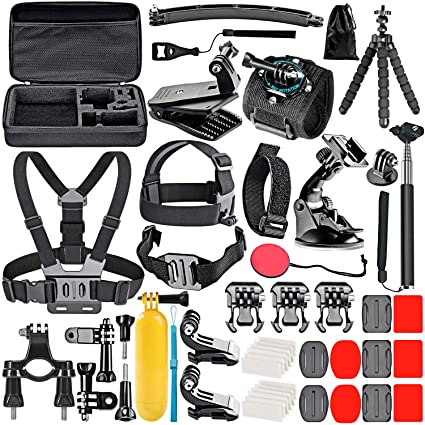
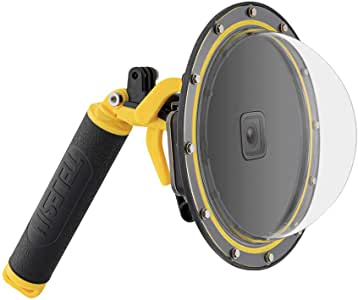
GoPro Accessories: These will vary for what you plan on doing with your GoPro, but to get the most out of your GoPro you will need a variety of mounts and there are a few things I recommend getting.
Cheap Accessory Kit – There are so many options for these, but for under £20 you can get a pack of most of the mounts/extra screws you will need. Most of these will be just as good as the official GoPro mounts – though at a much lower price (however there are a few things I would upgrade to something a bit more higher quality).
Suction Cup – Most that come in accessory kits don’t seem the highest quality. When you might be mounting this on the outside of a vehicle, I’d rather make sure I’m going with something reliable that won’t fall off.
GoPro Dome – This is a little bulky to travel with, but if you’re planning on being in water then I think this is a must have. Make sure to get one that fits your camera, and look out for one that shows the mid level line on the back (which can be helpful). And have as little as possible on the inside of the dome (as this will reflect and end up on your photos at certain angles). These will also often come with a float handle (which I never use with the dome – I just go handheld), but I usually like a different type anyway.
Float Mount – I’ve seen so many people lose their cameras in water because they didn’t have some sort of floating mount on them. My preferred one (other than the dome which will also float), is this small floating hand grip mount. It unscrews at the bottom to reveal a small compartment, which is ideal for storing keys and cash on beach/boat days where you don’t want to have to worry about a wallet.
Selfie Stick – Whether you like to use them or not, they can come in handy. Although stabilization is pretty good on the new GoPro’s, a high quality, sturdy selfie stick is worth investing in. There’s a huge variety, but I quite like this one which is inexpensive but sturdy and extends far enough without being too big.
SD Cards & Storage: This is all the boring but essential stuff, as you need to be able to safely and reliably capture and store all your photos and video footage. All of these may vary depending on what you need, but this is what I have been using.
SD Card Holder/Organizer – When you have lots of SD Cards, you need to keep them all safe and organized. Although SD cards are supposedly waterproof, this case ensures they stay safe and protected.
Micro/SD Cards – Check what is recommended for your camera, but ideally get the fastest one you can afford. I usually use a bunch of 32GB and a couple of 64GB SanDisk Extreme Pro cards – so that not everything is on one card. So if one does go missing I don’t lose everything. Ideally if your camera allows it, save to multiple cards.
External Hard Drives – While an External SSD is probably more ideal, they are expensive and usually more than I want to spend. So I have been using 1GB or 4GB Seagate or Western Digital External Hard Drives (basically whatever the most affordable but best rated is at the time) and have never had issues yet. Although I do need to be a bit more organized and have cloud storage for everything, I’ll generally copy files onto at least 2 different hard drives.
**Put your name and contact information onto your SD Card Holder and all Hard Drives. While gear is replaceable, your photos and footage can’t be replaced. This will at least give you the best chance of getting it back if you do lose them**
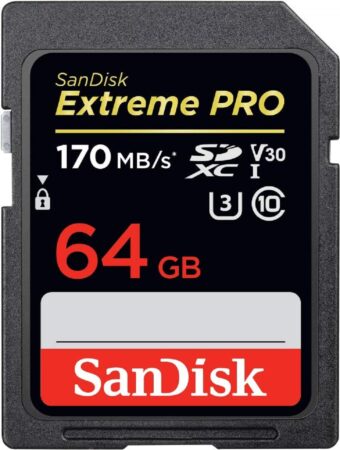
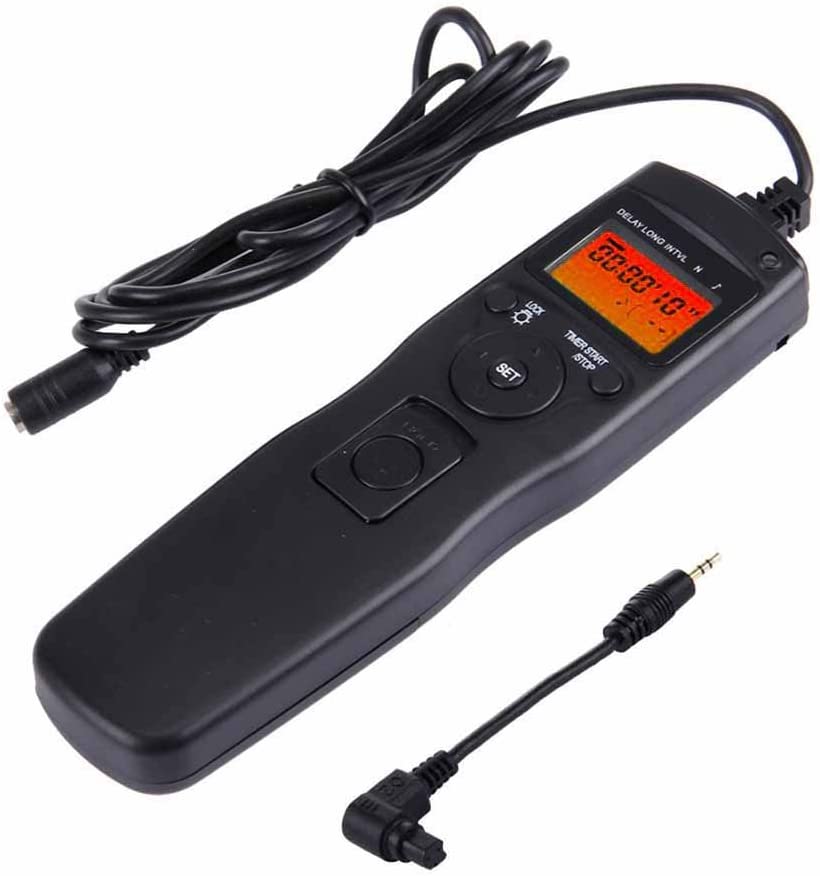
Intervalometer – Since my 5D Mark III doesn’t have a built in timelapse feature, this basically allows me to do timelapses easily. I usually only use it at night/long exposures, and for daytime would use the G7X Mark II. Or it can be used as a remote trigger/cable release to prevent shake when on a tripod.
I also use another wireless shutter remote which I actually use more often, but it’s impossible to find anywhere.
Lighting/Flash: While I don’t tend to use an external flash or lighting that often, they can come in handy sometimes.
Canon 580EX II Speedlite – The Canon 5D Mark III doesn’t have a built in flash, so this is what I use for the situations that need it (mainly product photography or portraits) and it allows quite a bit of control over the strength of the flash. Since it’s not really something I use enough when travelling, it usually doesn’t come with me.
Aputure MC RGBWW LED Light – Although I’ve only just got this I can see myself using it a lot in the future. It’s a pocket sized LED light, which you can change the brightness and colour of (which is made even easier by connecting it to your phone). It has some built in effects like fire, police lights, lightning – which could be handy for video. But I mainly see this being useful for adding a little extra light to photos when needed, and will give a lot more control over lighting (instead of like in the photo above of my friend with the lanterns shot with the 50mm lens – where I used the light from a phone to add some fill light to her face).
Bags: I don’t think the perfect camera bag exists (at least I haven’t found any that exactly fit my needs yet).
I don’t really like bags that are just for carrying camera gear. Not only can they sometimes stand out (which when filled with expensive gear you don’t really want). But as I travel a lot, I want something that can also be used on hikes or as a day bag, but with space and easy access for my camera gear.
I started out with the Lowepro Fastpack 250, which although fit most of my needs to start out with, didn’t quite fit everything as I got more gear. The zips aren’t that secure or lockable either.
The bag that was almost perfect was the Pacsafe Camsafe X25. While a similar style to the Fastpack, all zips were lockable and had the added security of slash proof straps. Plus one strap can detach at the bottom so it can be secured to a post/seat/bed so it can’t be stolen easily. It also has an RFID blocking pocket, and a built in rain cover. So security wise this ticked all the boxes. But again when travelling with my DSLR, a few lenses, plus my drone – it was getting to be a tight fit.
I have since had the discontinued Lowepro DSLR Video Fastpack 350 AW. Which was a perfect size, though was missing the security features, and the strap broke after a few months. I found a replacement, but it seems slightly smaller, so am still on the lookout for a bag that will cover everything I’m looking for.
Filters: These can be fairly expensive, but kind of fun to play around with if I want to get a certain type of shot. Since most of these I mainly just use for landscape photography, they might not all come with me on every trip unless I know I’ll need them.
Lee Big Stopper – This filter is the most fun to play with. And is basically a dark piece of glass that reduces the amount of light that comes into the camera, so you can take longer exposures during the day. For shots with smoothed out clouds or water (especially waterfalls) – this is usually what I use to get those.
Lee Graduated Neutral Density Filters – To make sure the sky doesn’t lose all the details and get blown out (especially when using the Big Stopper), these slide into my filter holder and reduce the brightness of the sky to give a more even exposure.
Gobe Variable ND Filter – I got this mainly to try out for video. But also use it for some long exposures when I don’t want to have to be carrying all the other filters above. There are probably better (but a lot more expensive) ones out there, but this one seems to do what I need for the most part.
PolarPro Cinema Series Filters – These are filters I use on my Mavic Pro drone. And I mainly use the polarized ones – mostly just for photos. But they are also used to help get the correct exposure for videos. While you can get cheaper ones, PolarPro seem to be one of the better makes out there that the majority of professionals seem to use. And sometimes getting a more expensive set of filters to start with will save you money in the long run. Rather than buying a cheaper set which don’t work quite as well and then having to buy new ones (which is what I have done a few times).
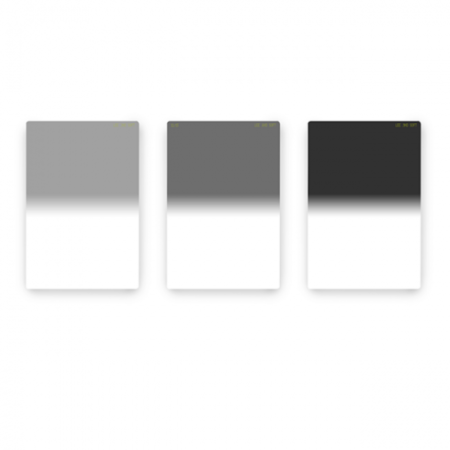
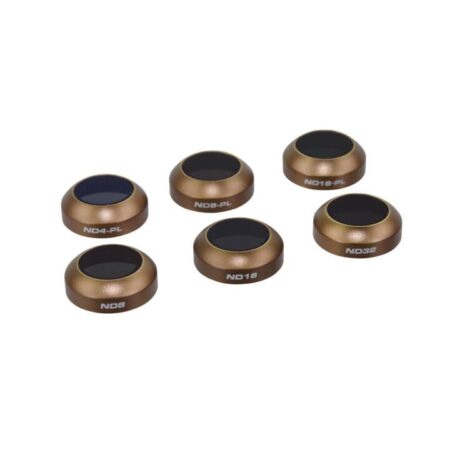
I think that just about covers all of the main camera gear and accessories I use.
If anyone has any questions or other recommendations, please leave a comment below or send me a message.
I’ll be doing another post on the non camera related things that I take travelling (from bags to packing cubes) soon.
